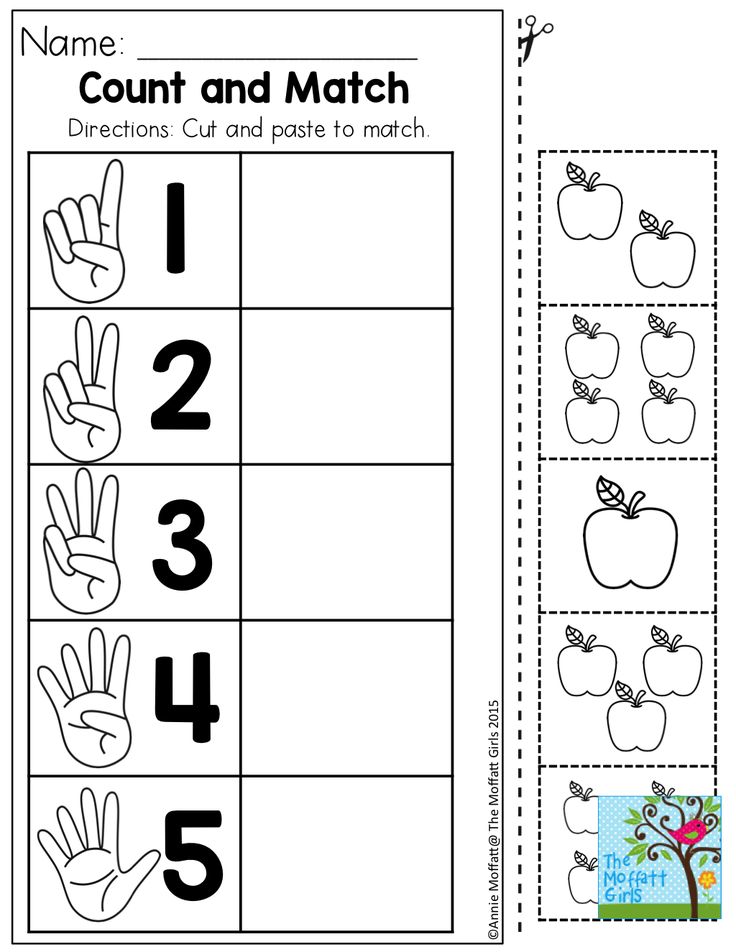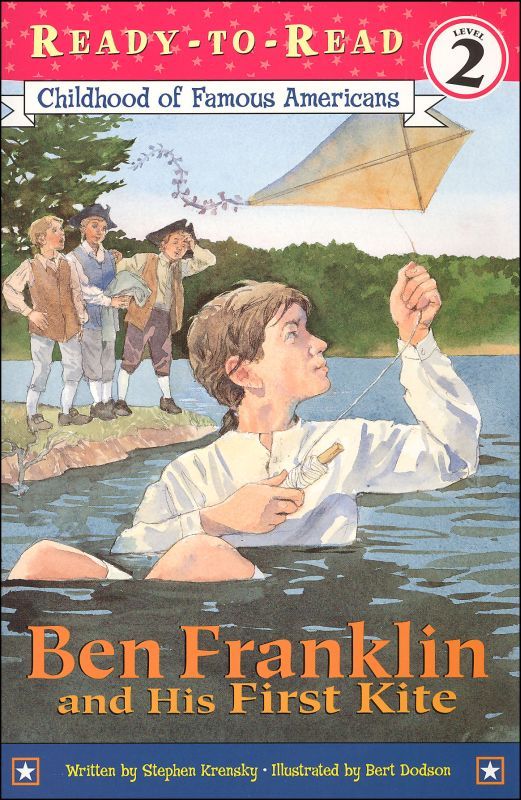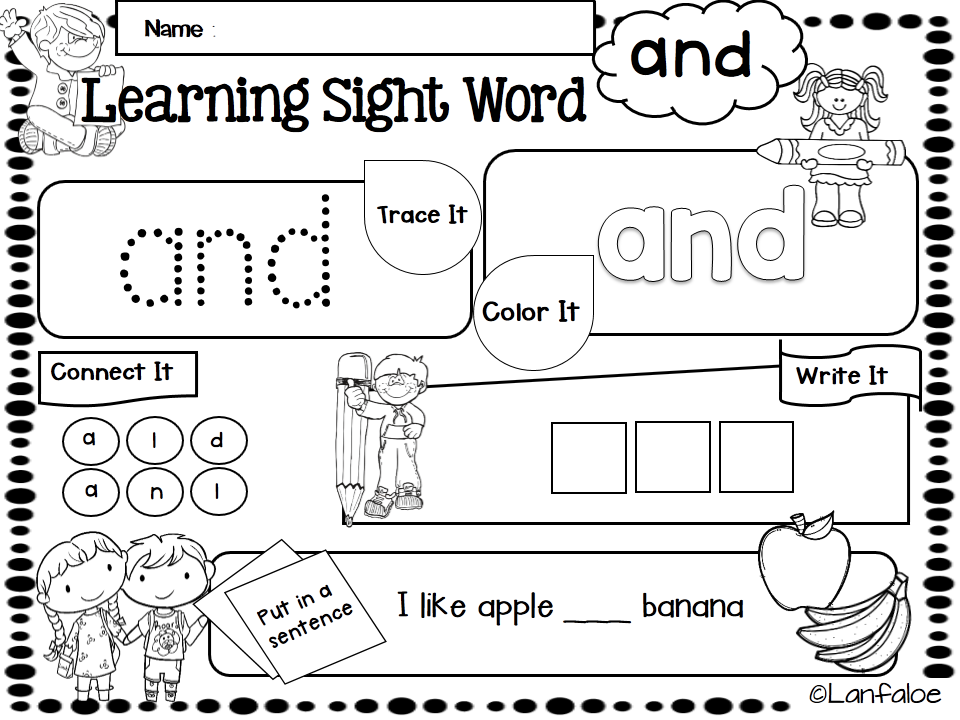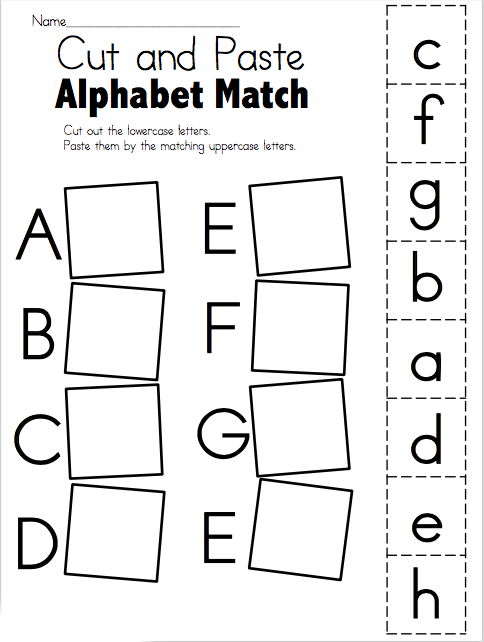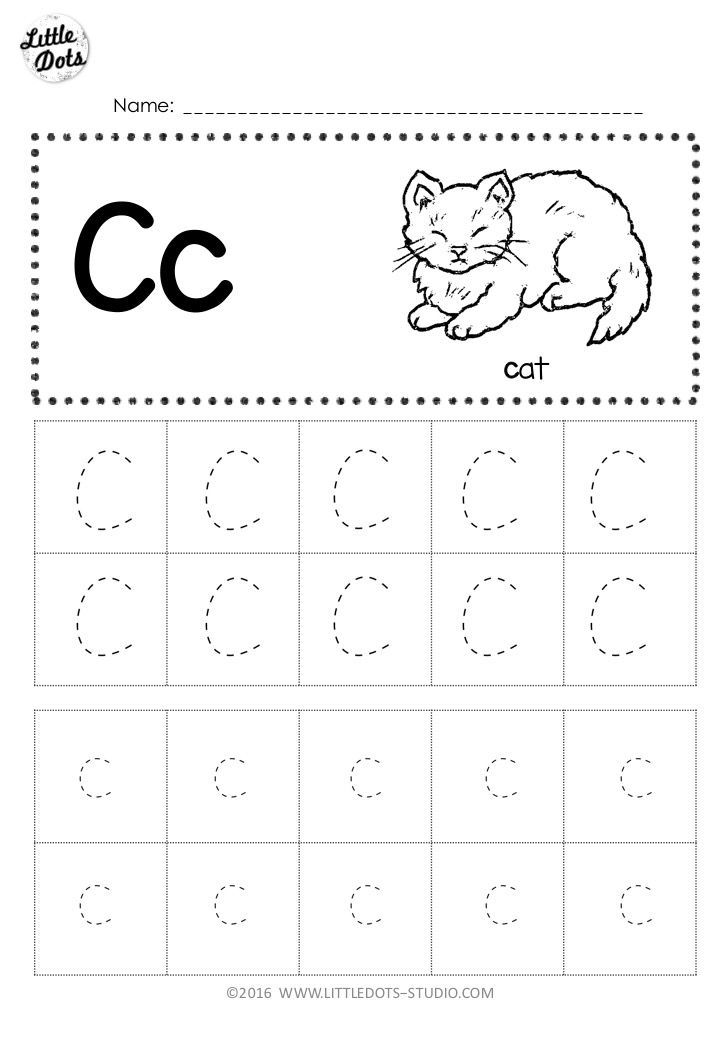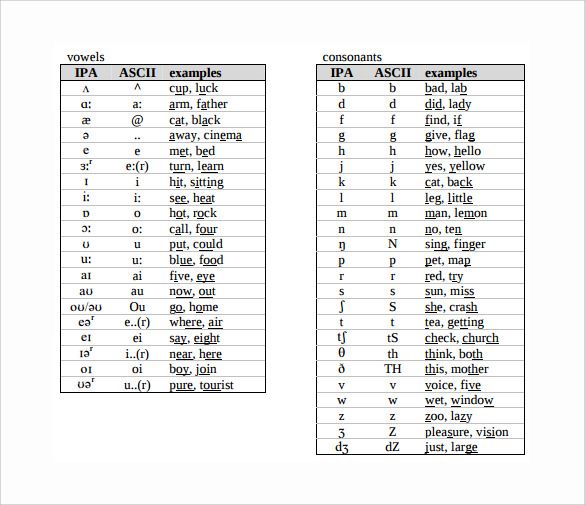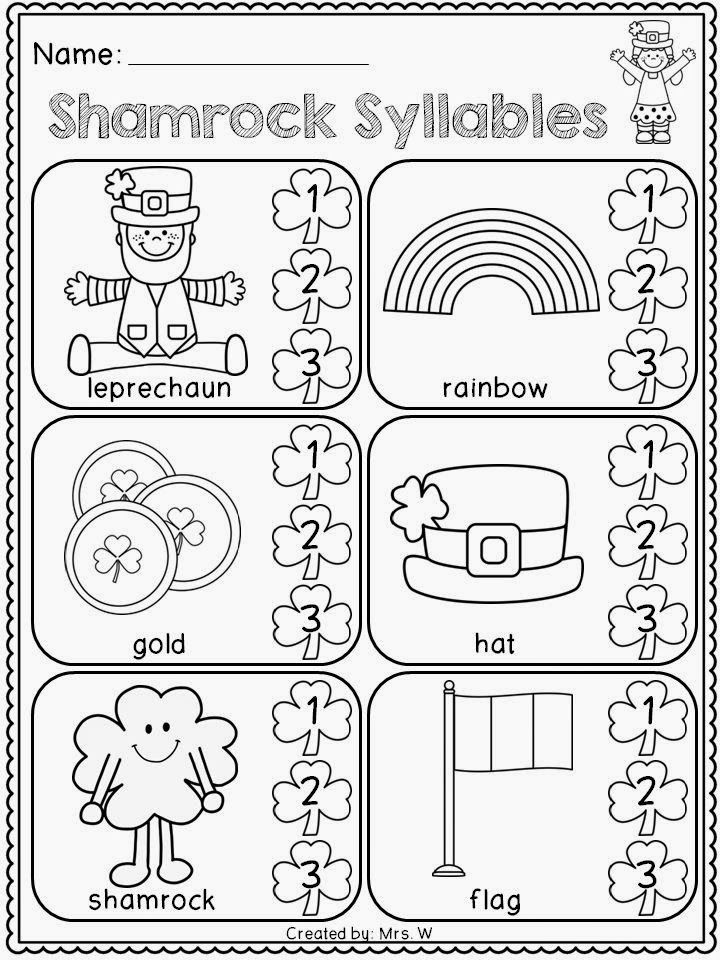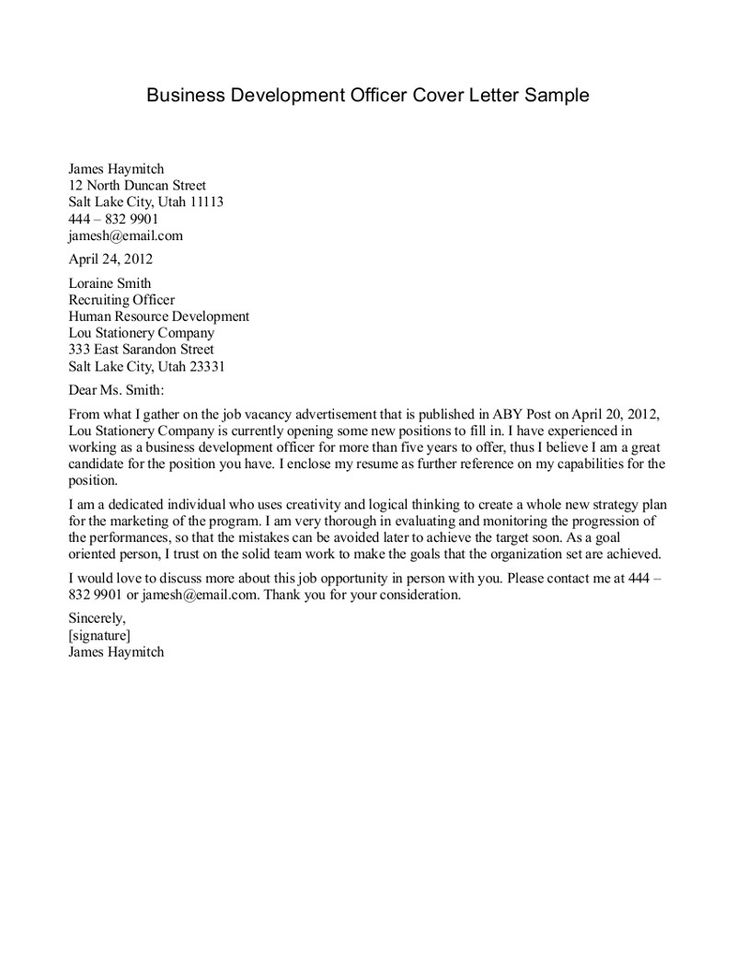When does child learn abc
At What Age Should a Child Know the Alphabet?
As children grow, they naturally hit learning milestones. One of the most critical educational milestones a child must reach is learning the alphabet, which prepares them for reading and writing.
But at what age should a child know the alphabet?
In this article, you will learn at what age a child should know how to recite the alphabet, recognize and write individual letters, learn letter sounds, and eventually learn how to read. Read on to make sure your little one is on the right track!
At What Age Should a Child Know the Alphabet?
Recitation
Typically, by the age of three, children should be able to recite the alphabet. However, every child is different. Some toddlers may learn in their twos, and others might not pick it up until the late threes.
Children generally learn how to recite the alphabet through repetition. If you sing the ABC song to your kids often, they are more likely to pick it up quicker, just as they would any song.
Recognition
Most children can recognize letters between the ages of three and four. Most kids will recognize the letters in their name first.
For example, a boy named Jace will probably be able to remember what the letter “J” looks like as well as recognize most other letters in his name. Similar to alphabet recitation, use repetition to teach your children about recognizing individual letters. You may ask them, “What letter is that?” whenever you see an isolated letter.
Writing
By ages four to five, children will start writing letters. Children will learn to write the alphabet in preschool and kindergarten, but it may be beneficial to have your child practice writing his/her letters at home. Most children at this age know that written symbols represent messages and may be interested in writing on their own. One of the easiest ways children learn how to write letters is to begin tracing them.
Additionally, teaching your child how to write his/her name is an important step that will ultimately help them become familiar with writing the rest of the alphabet.
Sounds
By five years old, children will start to associate letters with their accompanying sounds , otherwise known as phonics. In other words, around the age of five, children should be able to reason that the word “book” starts with the letter B.
Children begin learning phonics in kindergarten, which is a vital step to decoding written text and begin reading.
Reading
By six years old, first graders should be able to read words aloud with ease. For the most part, children can recognize sight words and their names. Moreover, children can decode some words by sounding out their letter combinations.
By second grade, a child should be able to sound-out a simple book. By the third grade, your child should be able to read independently and fluently. By this point, your child should be a master of the alphabet and is ready to master the art of reading!
What If Your Child Isn’t Learning at the Rate S/He Should?
It’s important to remember that every child is different and may learn at a different rate.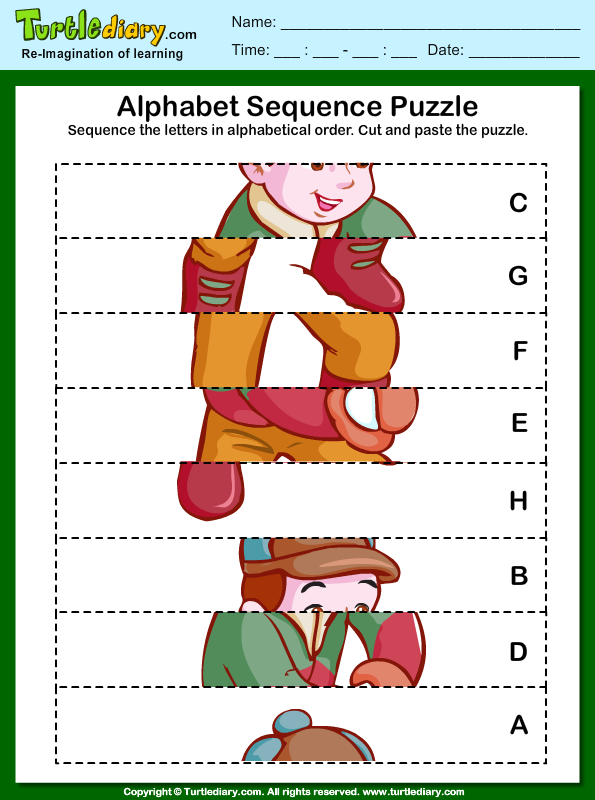 If your child isn’t learning the alphabet at the pace s/he should, one reason may be because s/he isn’t interested or is simply undergoing a minor setback.
If your child isn’t learning the alphabet at the pace s/he should, one reason may be because s/he isn’t interested or is simply undergoing a minor setback.
However, if your child is falling severely behind, it’s important to find out if your child truly has a problem learning or if it is nothing to worry about. Therefore, work one-on-one with your child to determine if there is a problem. For example, practice reading and writing with your child. If s/he is having a hard time comprehending the instruction or if it’s taking him/her an abnormally long time to do the task, consider talking with your child’s teacher about it.
In the end, if you suspect your child might have a reading or learning disability, discuss it with a doctor. If your child is truly suffering from a reading disability, it can cause him/her to fall behind in his/her education. The sooner you seek help, the sooner you will be able to find a solution that works for your precious little one!
Learn the Alphabet at a Top-Tier School!
So at what age should a child know the alphabet? Learning the alphabet is an ongoing process. That being said, it’s crucial to enroll your little one in a school that will not only teach him/her but also helps develop in him/her a love of learning.
That being said, it’s crucial to enroll your little one in a school that will not only teach him/her but also helps develop in him/her a love of learning.
Smaller Scholars Montessori Academy helps children become more confident, creative, and independent through the acclaimed Montessori experience. You can enroll your child in the toddler program, which is for kids between the ages of eighteen months and three years, or in the primary program, for children between three and six years. In both programs, children have a rich classroom environment in which they are encouraged to explore, learn, and thrive. Then, as children grow older, they can explore the elementary program for kids up to twelve years old.
What are you waiting for? Ensure your child learns the alphabet and how to read by enrolling your child in Smaller Scholars Montessori Academy! Contact them to learn more.
When Do Kids Learn The Alphabet?
Children typically start learning the alphabet around 2-3 years old.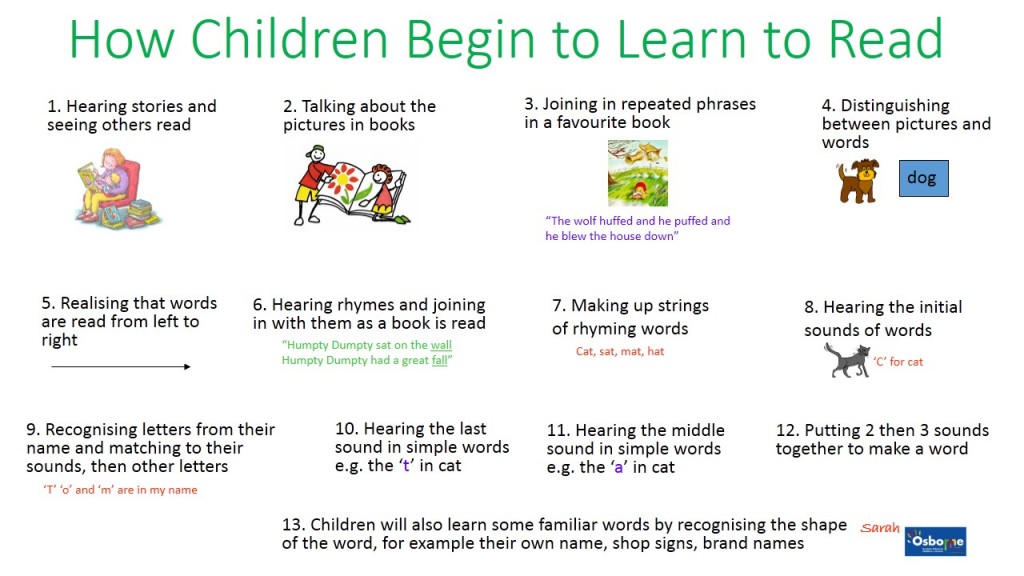 Some typically start learning their…
Some typically start learning their…
Children typically start learning the alphabet around 2-3 years old. Some typically start learning their ABCs between 3-5 years old, but it can be as late as 7 or 8 years old for some kids. So there’s no set age for this milestone. New research shows that by the time they are 2 years old, most kids have already learned how to recognize many alphabet letters.
Now researchers at the University of Washington’s Institute for Learning & Brain Sciences (I-LABS) have conducted a study showing that most toddlers learn letter names long before they can identify them on their own.
If as a parent, you are wondering when your child learn their alphabet. Then relax. They may have started their learning process without your knowing. Thinking how? Well, your child may have started looking at all the letters and pictures in books, on signs, and in magazines for a while now. They may know some of the letters like A-D but they still struggle to figure out what all of the other ones are. This is completely normal because it can take most children anywhere from 18 months to 3 years to become fluent readers!
This is completely normal because it can take most children anywhere from 18 months to 3 years to become fluent readers!
The best thing you can do as a parent is to help your little one in the learning process so that they can practice recognizing words and sounds. You should also have them write down what they see on signs or labels too!
The ABCs are the first letters of the English alphabet. They help us learn to read, write and spell. The ABCs is an educational game for kids aged 3-8 years old where parents can choose what level of difficulty they want to play on – easy, medium, or hard. It’s a fun way for kids to learn their alphabet!
The ABCs are a set of 26 individual letters that represent the most common sounds in English. The alphabet is used to teach kids how to read and spell words, so they need to know what the ABCs are! An alphabet is a set of symbols or individual letters which represent speech sounds (phonemes) in languages with alphabetic writing systems like English. There are several different types of alphabets including Latin, Cyrillic, Hebrew, Arabic, and Japanese kanji scripts. All these languages use at least one type of alphabet because each letter represents a phoneme (or sound).
There are several different types of alphabets including Latin, Cyrillic, Hebrew, Arabic, and Japanese kanji scripts. All these languages use at least one type of alphabet because each letter represents a phoneme (or sound).
At what age parents can teach the kids the alphabet?
The alphabet is not taught until around kindergarten. Kids learn the alphabet easily when recognize letters with pictures of objects. Kids first learn uppercase letters, then lowercase letters. When kids are first learning the alphabet, they may not be able to read it yet but will associate it with certain sounds or shapes.
Students should know their ABCs before they enter 1st grade because that’s when they start reading books in school that have words spelled using more than one letter at a time.
Timeline of kids learning the alphabet
1. A child’s first steps in learning the alphabet happens when they are between 18 months and 2 years old.
2. Kids learn all the letters by recognizing their shapes, and sounds.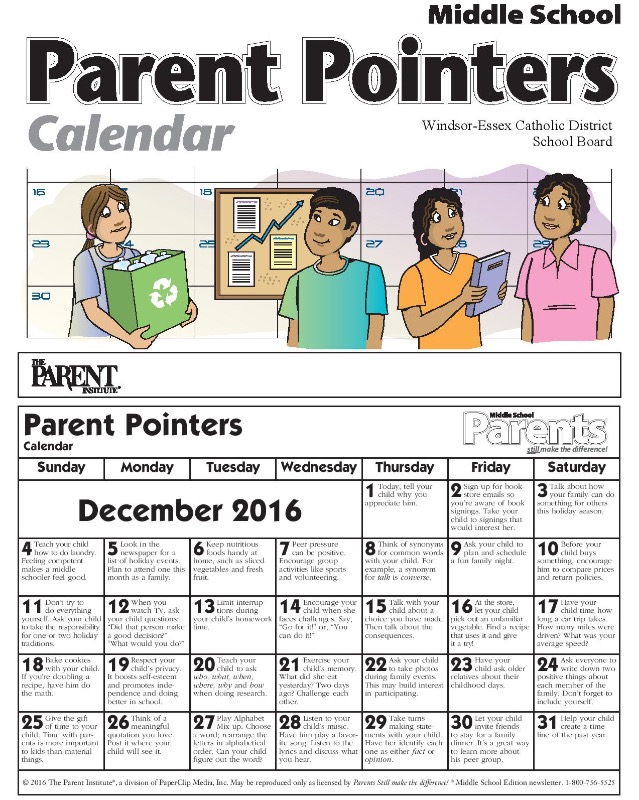
3. When kids are about 3 or 4 years old, they start to recognize that there is a connection between letters and words.
4. Around age 5 or 6, children will be able to read books on their own without any help from an adult.
5. Kids usually finish learning the alphabet by around 7-8 years of age.
6. In kindergarten classrooms, students typically start with letter recognition before moving on to reading simple sentences aloud.
If your child has not started learning the alphabet, then it could be any developmental issue or learning disability. In this case, one should prefer a doctor. Further parents can help their children learning alphabets with the help of phonics.
The word “phonics” is often misunderstood. It does not refer to sounds but rather the teaching of letter-sound relationships and patterns.
What is phonics?
Phonics is a way of teaching language by breaking it down into smaller, easier-to-understand parts. It teaches reading and spelling skills by blending the sounds that makeup words together to form those words.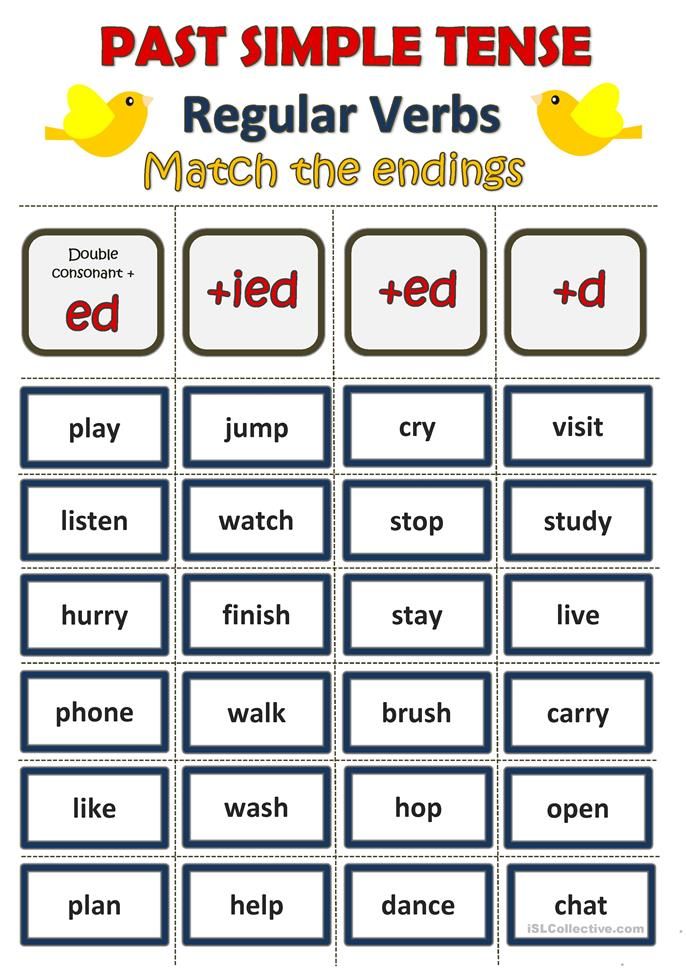 It is the process of learning how to read new words by sounding them out. Children become competent readers when they can use phonics skills with ease, but it often takes time and practice before children develop these skills.
It is the process of learning how to read new words by sounding them out. Children become competent readers when they can use phonics skills with ease, but it often takes time and practice before children develop these skills.
Phonics is a system of reading and writing that builds on the letters in our alphabet, each one representing a sound. For example, “a” letter sounds “ahh” sound when we say it out loud. Phonics introduce letters, teaches kids learning letters by sounding them out and figuring out what they represent.
Children who are taught phonics usually do better in school than those who aren’t. It helps them learn quickly and easily without getting frustrated. It’s also much easier for children with dyslexia to learn phonics rather than memorizing whole words or trying to figure out what something says by looking at its shape alone!
Why is learning the alphabet important?
The alphabet is one of the most important things to learn for children. The reason kids need to know their letters is so that they can read and write, which are both very important skills in life. Knowing your ABCs can help you get into a good school or get a good job someday!
Knowing your ABCs can help you get into a good school or get a good job someday!
Learning the alphabet is one of the most important things a child can do in their first few years of life. The sooner they learn it, the more opportunities they will have for success in school and beyond. Here are just a few reasons why:
- It lays a foundation for all reading skills.
- It helps children develop vocabulary and language comprehension as well as spelling and writing skills later on.
- It prepares them for kindergarten by developing fundamental skills like recognizing letters and matching sounds with letters, etc.
Why is phonics important for children to learn early on?
Phonics is a vital skill to learn for children as early as preschool age. This skill will help them read and write better, which in turn helps with their academic performance. In addition, it lays the foundation for lifelong literacy skills that can be used throughout adulthood. The best way to teach phonics is through interactive reading and writing activities that are designed specifically for the child’s age group.
The best way to teach phonics is through interactive reading and writing activities that are designed specifically for the child’s age group.
“Phonics teaches children how letters and letter combinations represent different sounds.” It may be one of the most important skills for pre-schoolers to learn because it will help them decode words as they start learning how to read. Teaching phonics early on can give a child a head start when it comes to literacy, which has been shown by numerous studies. A study from 2013 showed that students who started this early were more successful four years later than those who started later due to earlier exposure and better understanding.
How can parents help their children with learning the alphabet?
Kids go through a lot of changes as they grow up. From learning to walk and talk, to excelling in school subjects like reading and math, children are constantly growing smarter every day. One important skill that kids need for success is the alphabet.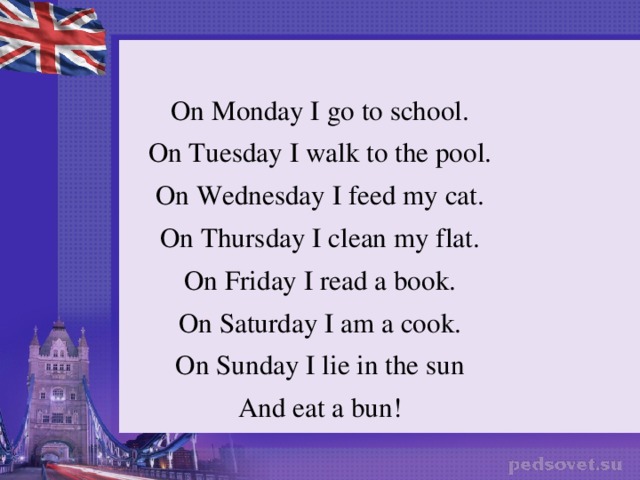 Parents should start with an ABC song at around kids’ 18th months. It will help the kids learn their letters by associating each letter with a word (A=Apple). The next step is teaching phonics, or how sounds make different letters (B=Bee). You can use alphabet puzzles. You can also make your child to write letters. By combining these skills, you can help your child succeed in future classes!
Parents should start with an ABC song at around kids’ 18th months. It will help the kids learn their letters by associating each letter with a word (A=Apple). The next step is teaching phonics, or how sounds make different letters (B=Bee). You can use alphabet puzzles. You can also make your child to write letters. By combining these skills, you can help your child succeed in future classes!
5 Tips for helping your child understand their ABCs
The ABCs are a vital part of every child’s life. But the alphabet is more than just 26 letters. It’s an important set of tools to help your children learn, grow and succeed! Here are some tips for helping your child understand the ABCs so they can be successful in school and life.
The following list includes six tips ensuring that your child understands their ABCs:
1) Make your kid speak the alphabet
Give a book to your kid. Tell them to have a look at them. Then make them read the letters aloud. Continue this process until all 26 letters have been said in the order. Finally, tell them to repeat the process on their own. If they do any mistakes, correct them. This way they will learn to pronounce the alphabets.
Finally, tell them to repeat the process on their own. If they do any mistakes, correct them. This way they will learn to pronounce the alphabets.
2) Teach them to recognize letter shapes
Let’s be honest, it can be a tedious task trying to remember all 26 letters in alphabetical order. But it doesn’t have to be! Teaching your child about letter shapes can make this process easier for you because you can show them what each letter looks like rather than just saying its name out loud. Make this process as much as interesting as you can.
3) Introduce new letters by matching them with pictures
Here are some great ways to introduce new letters by matching them with pictures that children will love!
- A matched with apple -B matched with baby bear -C matched with Christmas tree, etc.
- The connection of letters and pictures will help the kids to learn the alphabet better.
4) Play games like I Spy or charades
I Spy or charades can help your child with their vocabulary and reading skills.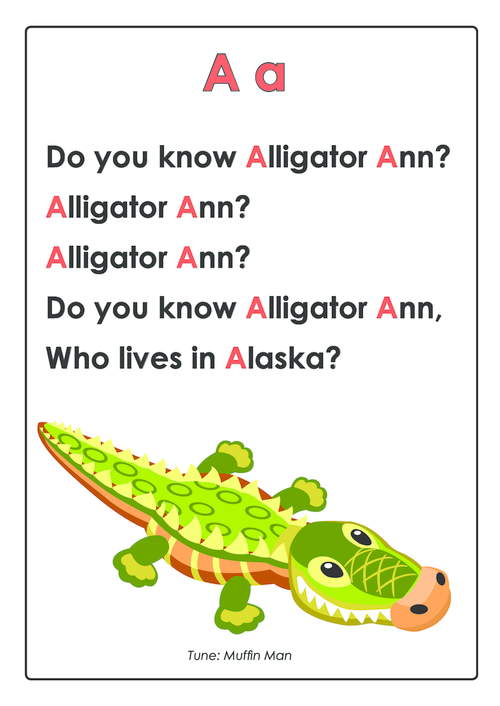 It has been found that children who play these types of games have an increased understanding of words when they are read aloud to them. This is because the process in which they learn how to play such a game mimics what it’s like to read silently.
It has been found that children who play these types of games have an increased understanding of words when they are read aloud to them. This is because the process in which they learn how to play such a game mimics what it’s like to read silently.
Choose one player (or two players) to be the reader. Another player (or two) will be helping by giving clues, singing a song, or making a noise. The goal of the game is for the reader to guess what letters you are thinking about.
5) Make them write their ABCs on paper
To make your child remember more letters, they need to be able to write them down using their creativity and imagination. Make them draw, color, and write the letters in order. They will learn how to spell and which sounds each letter makes when combined with other letters.
Conclusion
Once your child has learned the alphabet, you can teach your little ones how to read by using the alphabet song. Teach them the sound that each letter makes and eventually they will learn how to read!
How to quickly learn the alphabet - learning letters with a child
Letters surround us everywhere.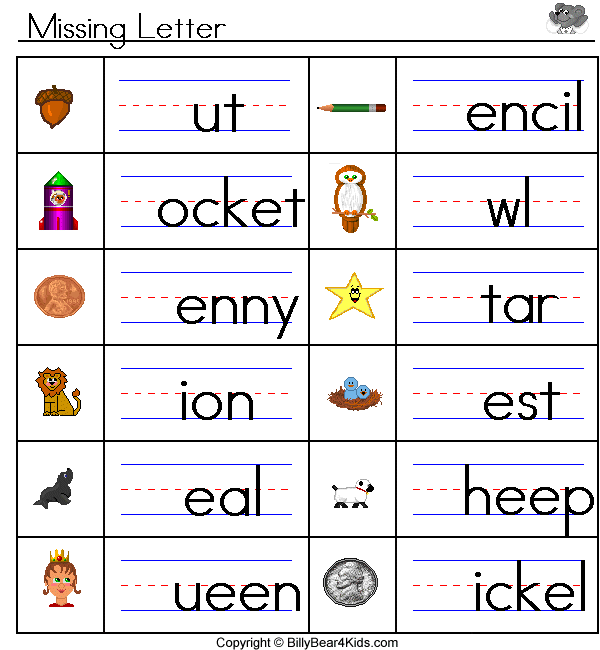 The child sees them in books and magazines, on product packaging, in shop windows. He can't help wondering what it is. Over time, he begins to understand that adults can read, begins to copy his parents, having learned a poem or a fairy tale by heart, and pretending that he is reading a book.
The child sees them in books and magazines, on product packaging, in shop windows. He can't help wondering what it is. Over time, he begins to understand that adults can read, begins to copy his parents, having learned a poem or a fairy tale by heart, and pretending that he is reading a book.
Experts recommend teaching a child to read shortly before school, since at an earlier age his brain is not yet ready to perceive such information. You can learn sounds with it, learn to distinguish them in oral speech, start mastering the alphabet. This pre-letter period is very important, because thanks to it the child will be able to learn to read fluently and understand what he read. nine0003
At what age do you start learning letters?
Many parents are sure that a child's development should start almost from the cradle. But neuropsychologists warn that learning letters and numbers before the age of 3 is harmful. At this age, the emotional and sensory sphere should be formed.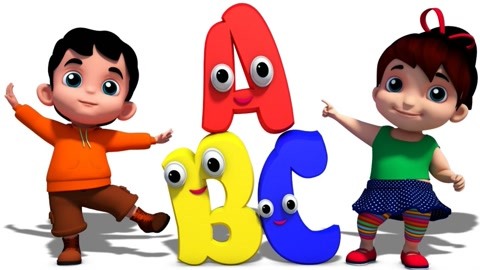 If we force a child to learn, then we violate the laws of brain development, which can have negative consequences.
If we force a child to learn, then we violate the laws of brain development, which can have negative consequences.
No specialist will tell you that at the age of 3 or 4 a child should know all the letters. Of course, if you wish, you can force him to learn the alphabet, but this will not be useful, but, on the contrary, can harm. The brain is ready for reading most often by the age of 5-6, and only in 20% of babies - by 4-5. Before this time, it is not worth studying letters. nine0003
But this does not mean that you can forget about the development of the child. At 3-4 years old, you need to work on the development of speech, teach the baby to ask and answer questions correctly, pronounce words, and study the world around him. You need to work on fine motor skills, teach him to dance, form a sense of rhythm, and so on.
These are the recommendations. However, all children are different. If a child has shown a sudden interest in letters, it means it's time to start learning. And it does not matter if it manifested itself late, for example, at 6 years old. The child should want to read, only after that you can study with him. nine0003
And it does not matter if it manifested itself late, for example, at 6 years old. The child should want to read, only after that you can study with him. nine0003
Psychologists note several signs that indicate a child's readiness for learning:
- The child perceives well what he has read by ear and can tell what the book is about.
- He knows how to build phrases, pronounce all sounds.
- Interested in what is written in a children's magazine, book or poster.
- Pretends to read, imitating adults.
If all these signs appear, you can start classes. You can’t put pressure on a child, force him to study, bribe him (“learn the letters - I’ll give you a chocolate bar”) - this will not achieve anything. nine0003
In those cases where the interest in letters appeared early, there is no need to give up classes. But do not overload the baby, work with him for no longer than 7 minutes, classes do not have to be done every day, you can take breaks of 2-3 days.
How to start learning the alphabet?
The child began to show interest in letters. No need to immediately load it with knowledge, cramming the alphabet. Move a little. The easiest way for children to remember the first letter of their name. Explain to him what this letter is, what it is called. You can ask him to find this letter in the text. Gradually, he will learn to highlight it, will pay attention to it. The first step has been taken. nine0003
Parents now trust their children's education to various children's tablets, phones and other similar toys. Remember that they are teaching letters, not sounds. Toddlers need to be taught precisely sounds, so it will be easier for them to master reading.
A letter is a graphic representation of sound, each has its own name. But learning to read, knowing only the names of the letters, is very difficult. Imagine that the child will need to read the word "ball". How will he do it? Just as he was taught: "beael".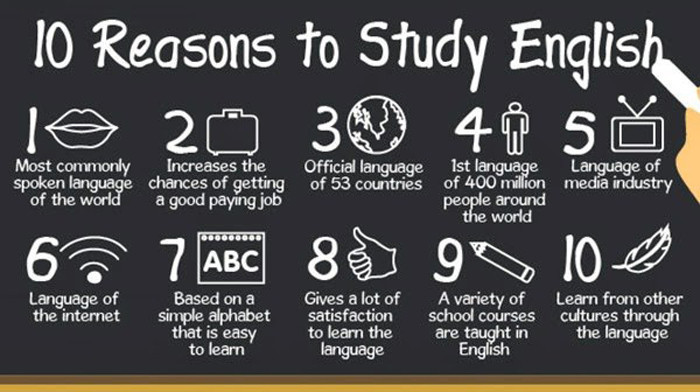 And all because he pronounces letters, not sounds. nine0003
And all because he pronounces letters, not sounds. nine0003
It is better to start learning with sounds, pronouncing them with the child. Parents themselves should not confuse sound and letter. Sound is what we hear. A bumblebee buzzes - this is a sound, a hammer knocks - this is also a sound. But far from all sounds we can get words. If we clap our hands, the sound will appear, but the word will not.
You can create a word from special sounds called speech sounds. Make sure that the child does not confuse the letter and sound. Explain to him that a letter is an icon that can be seen in a book or drawn on paper. Letters can be seen with the eyes and sounds can be heard. nine0003
General recommendations for teaching a child
If you decide to work with a child, remember the basic rule - he should be interested. You can't force him. At this age, the easiest and most accessible way of learning is through the game.
It is difficult for kids to concentrate, to sit in one place for a long time, so classes should be short, 5-10 minutes each. As soon as you notice that he has become bored, switch to something else. If he forgot everything that you went through, do not get annoyed, repeat again until he remembers. If you overload your child with information, he will develop an aversion to learning. nine0003
As soon as you notice that he has become bored, switch to something else. If he forgot everything that you went through, do not get annoyed, repeat again until he remembers. If you overload your child with information, he will develop an aversion to learning. nine0003
At an early age, a child develops visual-figurative thinking, and only then - abstract-logical. This means that it is useless to draw letters on paper or a board. So you can't learn them. For him, it will be just a set of dashes.
The child needs a visual association. For example, if you are learning the sound "a", you can show him a picture of a watermelon or any other item that starts with that letter. Stock up in advance with soft cubes with letters, bright cards, coloring books, beautiful colored primers. nine0003
Do not learn letters in alphabetical order. It is better to start learning with vowel sounds. The letters that are most often found in speech are studied first, then you can move on to rarer ones.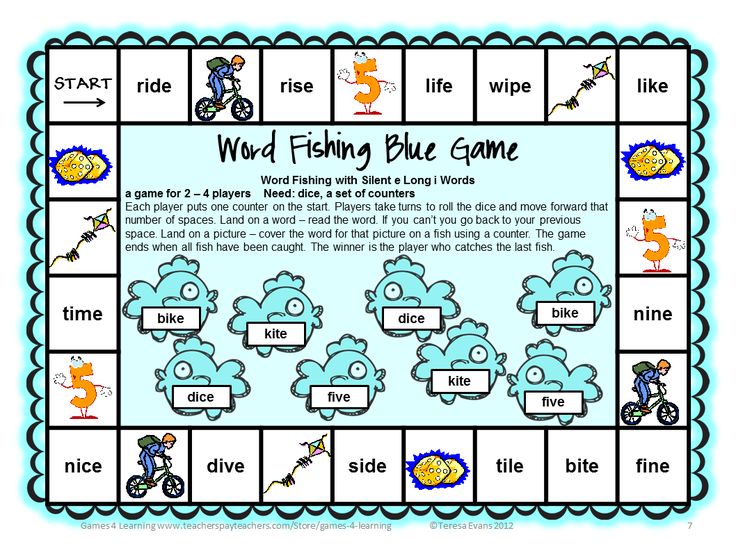
How to learn vowels?
First, explain to your child that all words are made of sounds, just as houses are made of bricks. The more sounds in a word, the longer it is. After that, you can proceed to the study of sounds.
Start with "a" . You can show the baby pictures that show objects whose names begin with this letter. Draw with him the mouth that makes this sound, note how we open it wide. Let him try to name the words that begin with this letter. Do not overload the child: 1 lesson - 1 letter. nine0003
Try to consolidate the acquired knowledge. So you go to the kindergarten, you saw a pharmacy, let the kid try to find the letter that you studied. Bought a children's magazine, see if the title has the letter "a" . You can mold a letter from plasticine or dough, cut it out of paper. You can lay it out of sticks or sand.
It will be much easier for you to captivate your baby if you always have blocks with letters, bright books, cards at hand. You can sing a song about a letter or listen to a cheerful verse. nine0003
You can sing a song about a letter or listen to a cheerful verse. nine0003
So, study all the vowels one by one. At the end, you can explain that the sounds that you have already learned are called vowels. These are sounds that can be sung. Try to sing together "ah-ah-ah" or "woo-woo" .
Remember that we have 6 vowels ( a , o , y , e , s , and ) and 10 vowels. The letters i , e , i , i consist of 2 sounds. It is better to postpone the study of the latter for later, because there is no sound "i" , i is a letter consisting of 2 sounds. Do not confuse the child so that later educators and teachers do not have to retrain him.
How to learn consonants?
After you have learned the basic vowels ( a , y , and , o ) you can move on to the consonants. You need to start with the simplest consonants ( b , p , m , n , t , g ). And here again we remember that we are teaching the child sounds, not letters. We know what to say0065 em ”, “ en ”, “ be ”, but children do not need to know this yet. The child must learn that this is the sound " mm " or the sound " nn ". After the baby learns simple consonants, you can proceed to the study of hissing.
You need to start with the simplest consonants ( b , p , m , n , t , g ). And here again we remember that we are teaching the child sounds, not letters. We know what to say0065 em ”, “ en ”, “ be ”, but children do not need to know this yet. The child must learn that this is the sound " mm " or the sound " nn ". After the baby learns simple consonants, you can proceed to the study of hissing.
Just like with vowels, knowledge needs to be consolidated. Children may confuse letters. To prevent this from happening, play associations. You can ask the children to think of what this letter looks like. Look for objects on the street that resemble this letter. For example, you walked past the horizontal bar, it is shaped like the letter " p ”, or look at the doorway, also resembles “ p ” in shape. Fold it out of pencils, look for it in store signs.
Fold it out of pencils, look for it in store signs.
Alphabet learning techniques
There are several popular methods for teaching children to read and memorize the letters of the alphabet. You can use them, especially since specialists worked on them. But, no matter what method you work with, it is important to remember that your classes should not resemble lessons at school.
Children at this age should play and get the information they need through games. Therefore, after a short training part, immediately proceed to an interesting, gaming one. Creative activities are also very useful, with the help of which you not only study letters, but also develop the child’s fine motor skills, improve his drawing and coloring skills, and strengthen the ability to use scissors. nine0003
Games and games
There are many games to help you consolidate your knowledge. We will give a few examples.
1. Find the words with the right sound .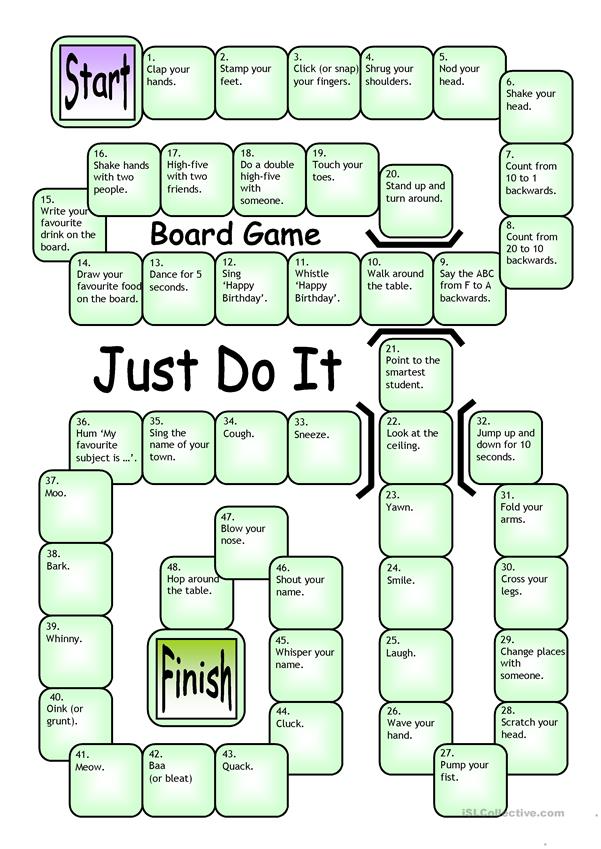 You need to prepare cards that show different objects. The child must choose among them those in which there is a studied sound. First, you can simplify the task: ask him to find words that begin with this letter.
You need to prepare cards that show different objects. The child must choose among them those in which there is a studied sound. First, you can simplify the task: ask him to find words that begin with this letter.
2. Catch the sound . To stretch a little, mother and child walk around the room. Mom calls different words. As soon as the child hears a word with the desired sound, he stops and claps his hands. nine0003
3. Think of the word . Ask your child to come up with as many words as possible with a certain sound. You can do this in turn, for example, first the mother calls the word, then the baby.
The task needs to be complicated, that is, the sound can be not only at the beginning of the word, ask him to come up with a word in which this sound will be at the end or in the middle. For example, you are learning the sound "a". First, you select words that begin with this letter - apricot, orange, then those that end in "a" - Moscow, jellyfish or contain the sound "a" in the middle - mosaic, eye.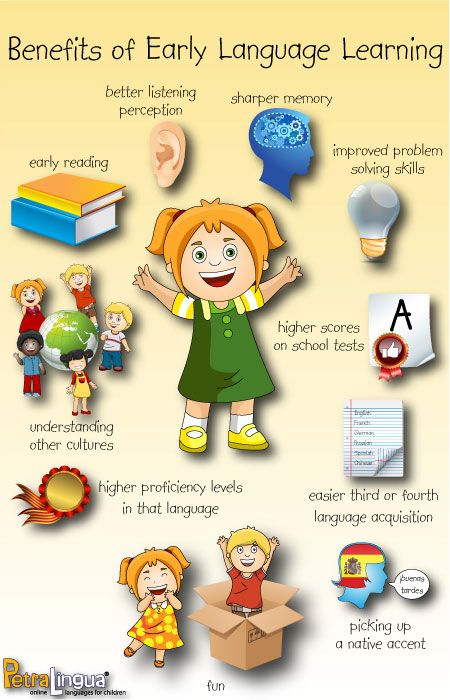 nine0003
nine0003
4. Determine where the sound is hidden. You need to draw a simple word scheme: three squares connected to each other. Each square denotes its own: the beginning of the word, the middle and the end. Put this word scheme in front of the child, give him a chip.
You name different words, and he must show on the diagram where the sound that you pass is located. For example, if you called the word "watermelon" (you can show a picture), the child must put the chip in 1 cell, and if the word "fox" - then in the 3rd cell. nine0003
5. Ball game . An adult throws a ball to the child and calls different words. If they have a letter being studied, he catches the ball, if not, then he does not catch it. To begin with, you can use words in which this letter is at the beginning, then complicate the task, that is, it can be in the middle or end.
Author's methods of learning the alphabet
There are several recognized methods of teaching reading, each of which can be devoted to a separate article.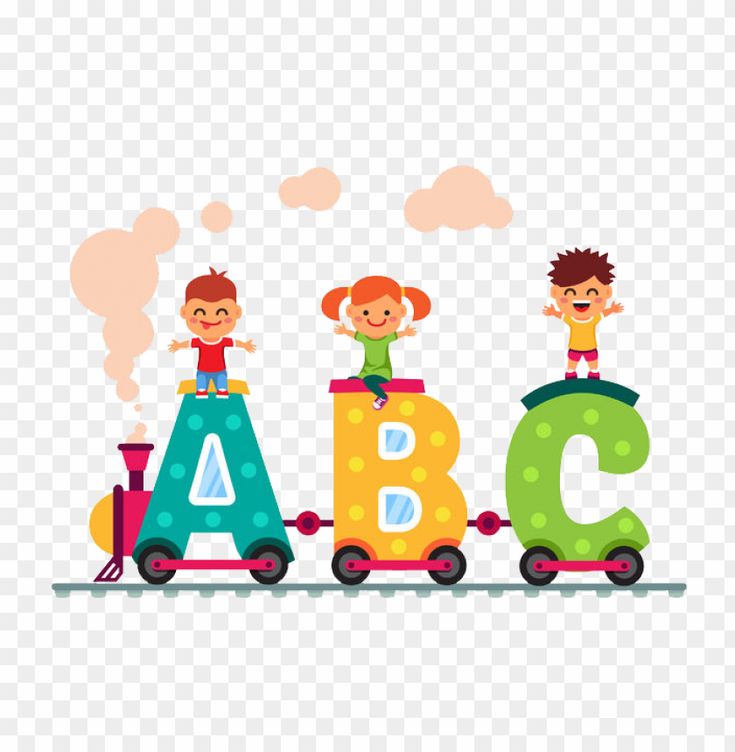
Zaitsev's cubes
The basis of Zaitsev's technique is a game, that is, children simply play with cubes (there are 52 cubes of different sizes in the set) and at the same time learn to read without making any effort. These games can be started from 6-12 months old, but up to 2 years old they are used like regular blocks, and children after 2 years old can start making words.
Zaitsev's main unit is a warehouse. It can consist of a consonant and a vowel, or a single letter. The basis of this method is the warehouse principle of reading. In addition to cubes, a large warehouse table is also used. nine0003
This technique has many advantages, the main of which is that any child can be taught to read. But there are also disadvantages, for example, over time, children will have to be retrained, because they remember that letters are indicated by one color, and the teacher enters his own colors, for example, red is a vowel. In addition, the child is used to the fact that words are divided into warehouses, and not into syllables. Yes, the benefits are very expensive.
Yes, the benefits are very expensive.
Doman's cards
The neurosurgeon Glen Doman developed his technique for children with CNS disorders, but then it was also used to teach healthy kids. He recommends teaching children to read not by letter, but by words, since letters mean nothing to him, and words have real designations. nine0003
For this, whole words are written on the cards in large print (at least 7-10 cm), for example, “mother” or “dad”, which must be quickly shown to the child, voicing each word. With the help of this method, even a small child can be taught to read. Training is necessarily carried out at an early age; after 5 years, the Glenn Doman method no longer works.
Olga Soboleva's Methodology
The principle of this training is based on the "two-hemispheric" work of the brain. The teacher tries to use the dominant type of memory, that is, the material is divided into 3 groups: for kinesthetics, visuals and auditory.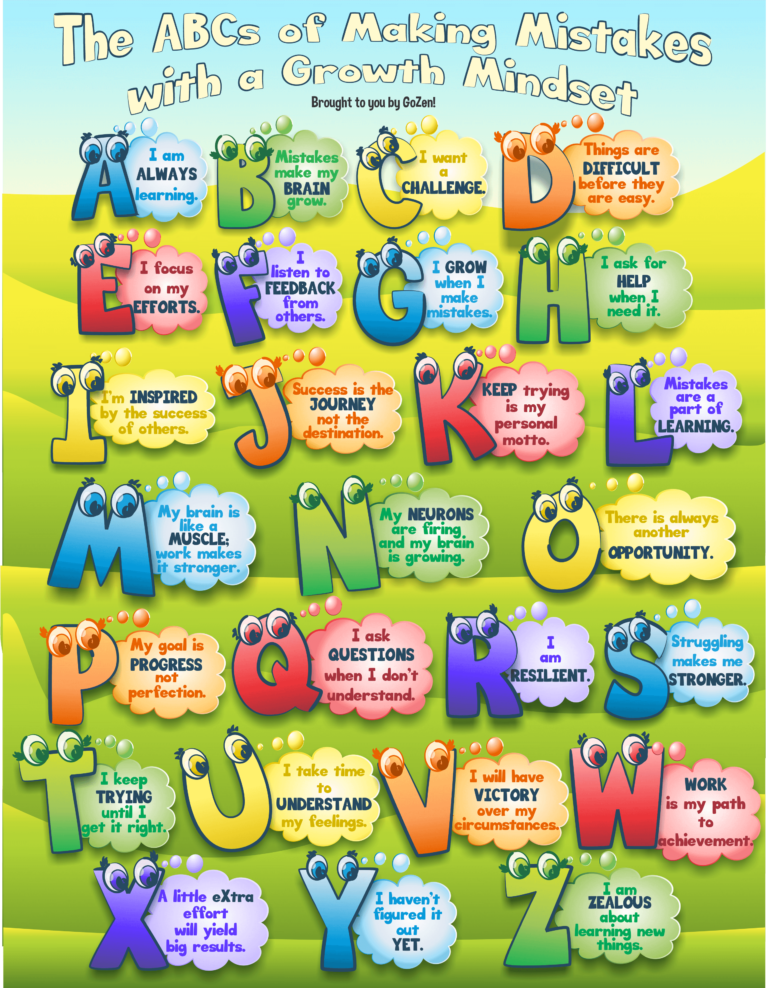 nine0003
nine0003
Many of its techniques are also used by ordinary teachers when teaching traditional methods to make it more interesting for children to study. Well suited for creative children and parents, it is not recommended for families where logic and structure come first.
Polyakov's method
Its author came up with 7 steps of learning to read, 70 lessons in total. Each lesson is detailed. They are held in the form of a game, take no more than 10 minutes. Stages 1 and 2 are the study of letters, warehouses, reading in warehouses. nine0003
Sergei Nikolaevich Polyakov himself, unfortunately, is no longer alive, but his work was continued by his son, as well as teachers who practice this method. If you wish, you can purchase books that describe in detail how to conduct classes, as well as video files with examples of classes.
Creative exercises
To reinforce the acquired knowledge, it is useful to conduct creative activities. For example, you can make a beautiful alphabet together. We studied the letter - cut it out of cardboard. It is better to choose a dense material. If it is difficult for the baby, you can help him, and the child will decorate - attach beads, groats, sequins, beautiful fabric, etc. to it.
For example, you can make a beautiful alphabet together. We studied the letter - cut it out of cardboard. It is better to choose a dense material. If it is difficult for the baby, you can help him, and the child will decorate - attach beads, groats, sequins, beautiful fabric, etc. to it.
When you have collected the entire alphabet, you can decorate the children's room with it by connecting the letters into garlands, or hang it on the Christmas tree instead of toys. You can cut out paper blanks for letters, and the child must fold the whole letter from these parts.
Preschoolers love to draw and color. You can buy coloring books with letters, he will color them and remember what kind of letter it is. Or ask him to draw with felt-tip pens on paper, with chalk on a blackboard what you have already studied. But at this age, children should not be taught writing, this should be done by teachers in elementary school. The only thing you can teach your baby is to write in block letters. nine0003
nine0003
If you are baking pies, ask your child to make familiar letters out of the dough. You can sculpt from plasticine or clay, decorate figures with cereals or peas. These activities will not only distract the baby from the TV, but also help develop fine motor skills.
Does the child spend a lot of time with the construction set? Let him try to make a letter out of it, which you recently passed. Or he will lay it out from counting sticks, sand, buttons, beans. Just be careful not to push small parts up your nose or mouth. nine0003
As we can see, learning the alphabet is not a tedious and boring activity, but a kind of game. If you follow this rule, your baby will not only learn all the letters, but will eventually fall in love with books, magazines, and will read with pleasure.
Thinking Simulator
The Simulator is a database of 4000 tasks designed specifically to develop the thinking skills of students in grades 1-4
learn more
5 easy and quick ways to learn the alphabet with a child 3-6 years old - Somersault
Before you teach your child the alphabet, it is important to understand what you will not be doing. Namely, learning to read. This is a more complex skill, so it is worth putting it off until the time when the child gets acquainted with all the letters and will confidently recognize them and write on their own. Until then, put off the alphabet and reading by syllables.
Namely, learning to read. This is a more complex skill, so it is worth putting it off until the time when the child gets acquainted with all the letters and will confidently recognize them and write on their own. Until then, put off the alphabet and reading by syllables.
In this article, we have put together the basic principles to quickly learn the Russian alphabet with a 3-6 year old child in a playful way. For all games with letters, you can use plasticine, paints and any improvised means or magnetic letters TWIST - they will easily attract the attention of the child.
Contents:
- Learn the Alphabet Easily: Basic Principles
- 5 ways to learn the alphabet with your child
- From alphabet to reading
How to Learn the Alphabet Easily: Basic Principles
Each child can find an easy way to learn the alphabet that suits him or her, but there are basic principles that are important for all children.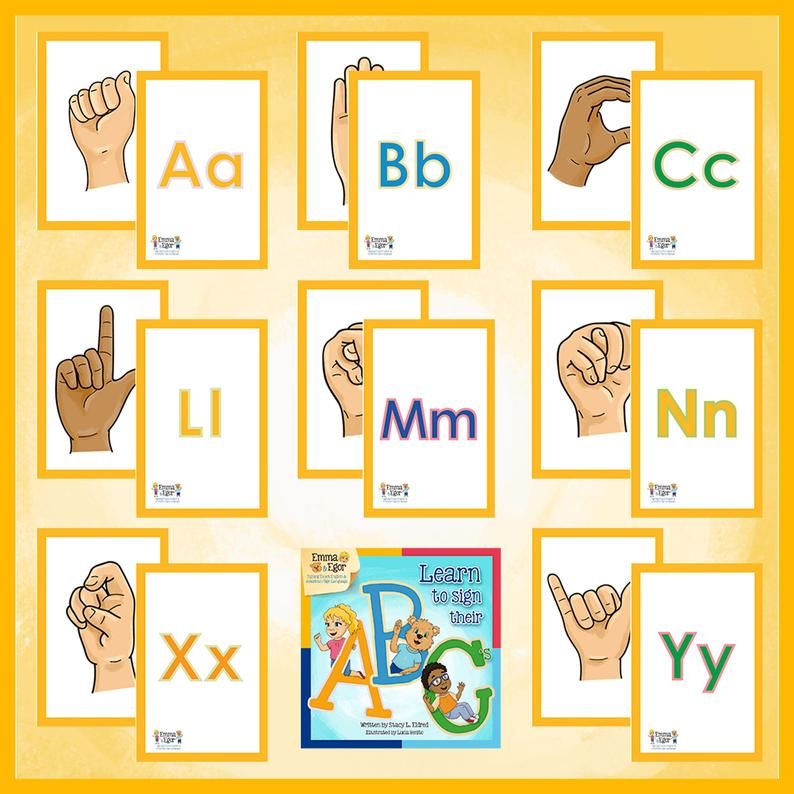 If you do not follow them, study will turn into drill and the child is unlikely to ever love to read. Here are a few such principles on how to properly learn the alphabet for a child. nine0003
If you do not follow them, study will turn into drill and the child is unlikely to ever love to read. Here are a few such principles on how to properly learn the alphabet for a child. nine0003
- Learn sounds first, not letters . At the first stage of learning, it does not matter how the letters in the alphabet are called correctly. Now only sounds are important for the child - "d", and not the letter "De". The names of the letters will only confuse the child, who first needs to learn to recognize the shape of the letters and their sound.
- Not learning the alphabet in the correct sequence . Until a child goes to school, it is of no use to him to know how the letters are arranged in the alphabet. This information will only distract him from what is really important: how the letters look and sound. The sequence of the alphabet can be learned later or even at school, where this knowledge will be tested by the teacher. nine0020
- Do not turn learning into a lesson .
 Learning from call to call is difficult even for children at school, let alone a baby. Therefore, all learning should take place in a playful way and not for long: 5-7 minutes a day to get acquainted with the letters will be enough. Gradually, this time can be increased, especially if the child likes the proposed games with letters.
Learning from call to call is difficult even for children at school, let alone a baby. Therefore, all learning should take place in a playful way and not for long: 5-7 minutes a day to get acquainted with the letters will be enough. Gradually, this time can be increased, especially if the child likes the proposed games with letters. - Use material objects . At the age of 3-6 years, the child learns the world by touch and taste. It is difficult for him to work with abstract letters spoken aloud. Therefore, it is better to stock up on plasticine and paints and create letters that are more understandable to the child and can be touched. Such a game for children will allow the child to learn the letters of the alphabet and he will recognize them in different forms regardless of what they are made of. nine0020
- First vowels, then consonants . Vowel sounds are easier to pronounce, so it's worth starting with them.
The main thing is not to force anyone.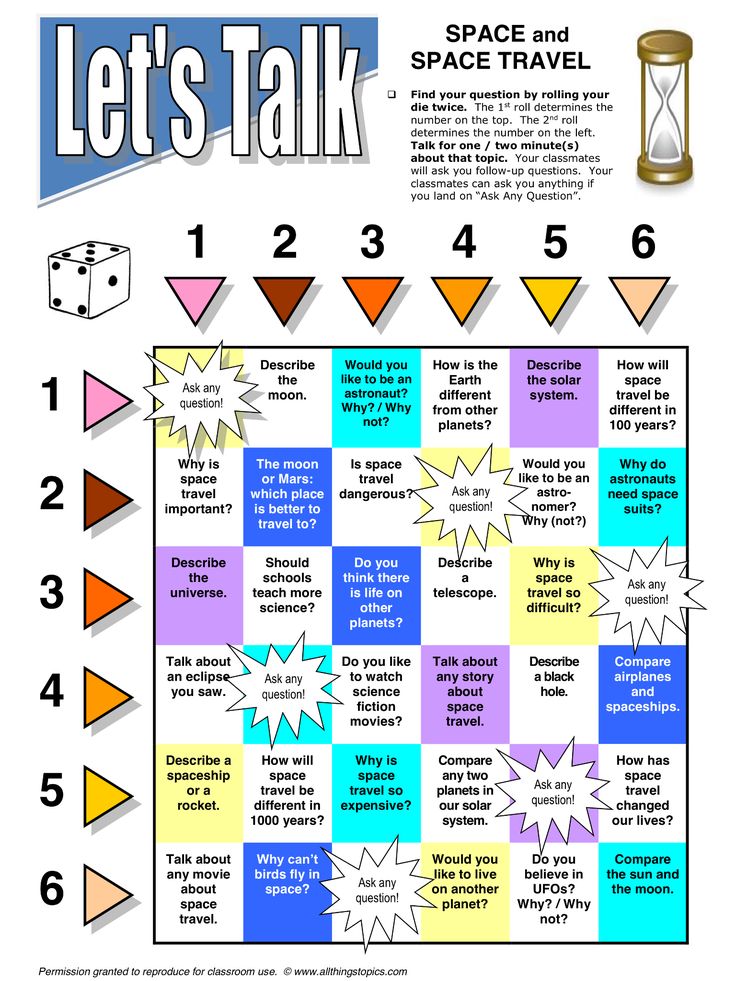 If you see that the child is inquisitive, enjoys exploring the world and is ready to learn, you can move on to learning letters and the alphabet. So the child will be happy to learn the alphabet in a playful way and gradually learn to read. So that the game is not abstract, you can use the magnetic letters TUMBLING.
If you see that the child is inquisitive, enjoys exploring the world and is ready to learn, you can move on to learning letters and the alphabet. So the child will be happy to learn the alphabet in a playful way and gradually learn to read. So that the game is not abstract, you can use the magnetic letters TUMBLING.
5 ways to learn the alphabet with your child
1. Use an interesting topic to study
Use your child's interest to spur his motivation to learn. For example, if your kid is crazy about cars, let them be the topic in which you learn the alphabet. Use any words related to cars:
"A" - bus
"B" - trunk
"C" - driver, etc.
You can show cars and their parts, draw or sculpt from plasticine. It is important that the child's focus shifts from learning to doing what they love. Additionally, the method will help expand vocabulary and knowledge about the world. nine0003
2. Cross out a letter of the alphabet in the list
Fill in a small square with arbitrary letters. The task is to cross out only the letter that you are studying. This will help the child focus on one letter and not get distracted by the ones he doesn't remember or don't know.
The task is to cross out only the letter that you are studying. This will help the child focus on one letter and not get distracted by the ones he doesn't remember or don't know.
3. Take out the letters of the alphabet from the pouch
The soft-touch magnetic letters are perfect for this method. Put the letters in a bag and give the child the task, without looking, to pull out only the letter that you thought of. Let there not be too many letters in the bag, otherwise the child will get confused. 6-7 pieces will be enough. To start, use letters that are very different in shape, such as "O" and "M". Gradually, the complexity can be increased and searched among similar letters, for example, "K" and "X". Don't forget to praise and encourage your child. You can alternate the learning process with desktops. nine0003
4. Recognize letters of the alphabet by ear
You pronounce a word, and if it contains a hidden letter, the child claps his hands.
With this game for kids, you can learn individual letters or the entire alphabet. For example, you name a word, and the child inserts its first letter into the insert frame. To stimulate your child's interest, you can use only words from his favorite topic, for example, the names of animals.
5. Guess words beginning with the first letter
You choose one letter and think of a word that starts with that letter. For example, the letter "Z":
- What is this animal with big ears and loves carrots?
- Hare!
This game form is again suitable for learning individual letters or the entire alphabet. If you learn only one letter, the child gets used to quickly recognizing it in different words. And if you give words with different letters, the child as a whole learns to understand with which letter they begin. With the study of the account and the English language will also help TUMBLING.
From the alphabet to reading
When a child learns the Russian alphabet, confidently recognizes all the letters in different words and can draw or mold them on his own, it is worth moving on to reading.


